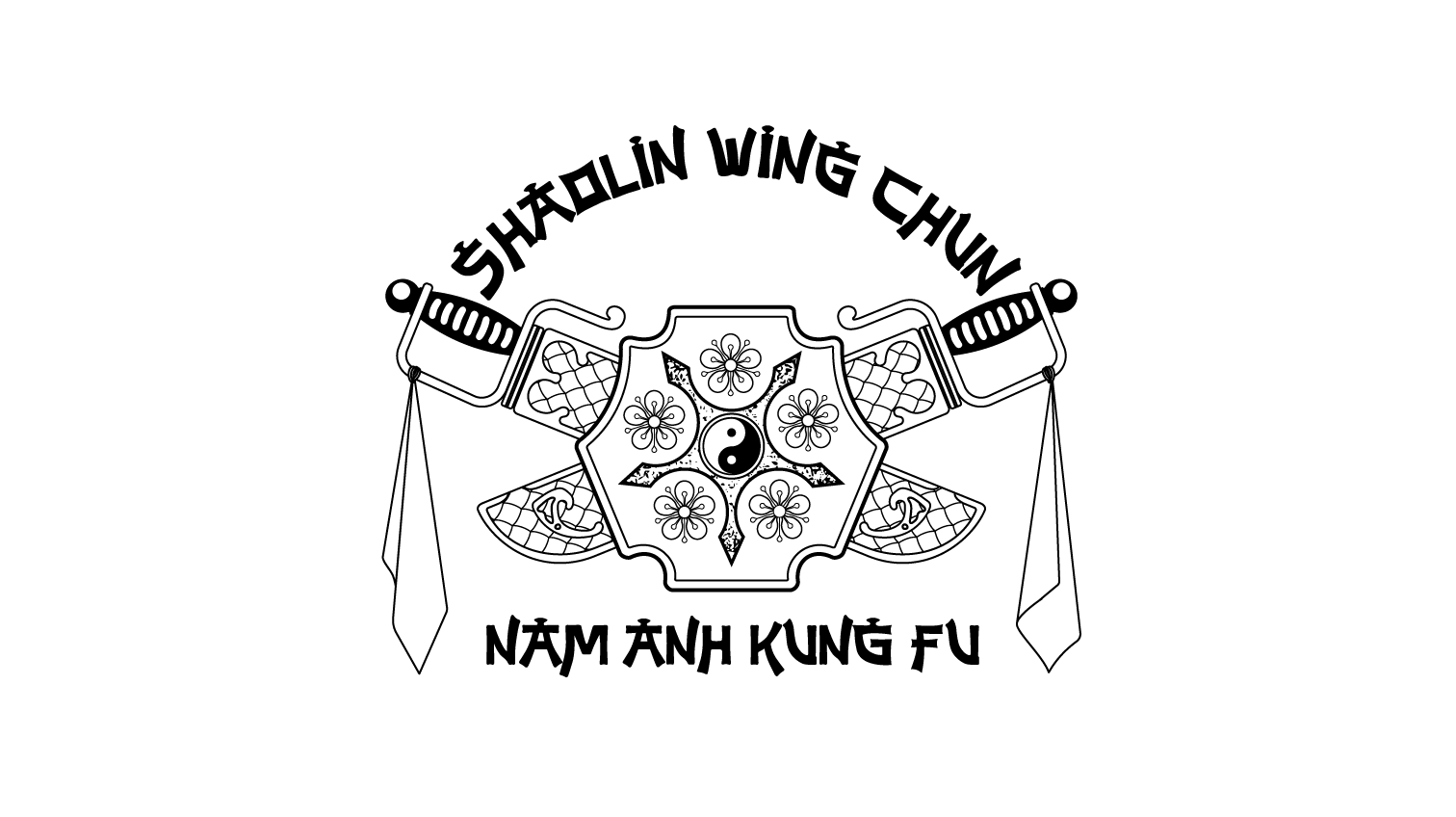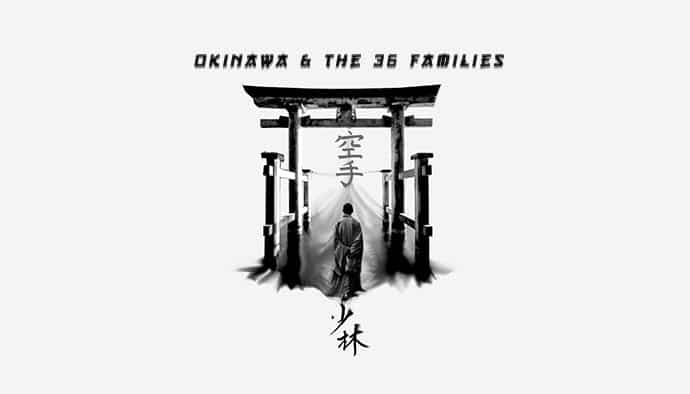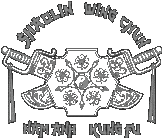
Shortly after establishing tributary trade relations with China, a group of Chinese from Fujian were admitted to Ryūkyū by the Chinese Emperor and began immigrating to Okinawa in 1392. They came to be known as the People of the “36 clans of the Min people” (minren sanshiliu-xing 閩 人 三 十六 姓). Min 閩 refers to the lower valley of the Ming River in Fujian Province, China. They settled in a small Chinese settlement in the village of Kume 久 米 村. At that time, the village of Kume was located on the “floating island” (Ukishima 浮島) in the port of Naha. In official documents, this small settlement was also often referred to as the “Chinese encampment” (tangying 唐 營).
We know that they established an overseas colony, from Fujian to Kume, in the port city of Naha. According to contemporary sources, the 36 clans are sometimes described as naval artisans serving the Ryūkyū tributary missions in China, as good sailors in navigation, relations and tributary affairs, as serving in the administration of the organization of the royal government, to propagate learning, to take charge of communication with China and to provide interpreters and emissaries and to keep tributary records.

Arrival at “Kuninda”. Original photo by the author.
There are different theories about the immigration of these 36 clans. One theory claims that they were admitted to Ryūkyū during the reign of Emperor Hongwu (rg. 1386–1398). Rather, another theory claims that they were admitted in two reigns, that of Emperor Hongwu and that of Emperor Yongle (rg. 1403–1424). Another theory claims that they came to Ryūkyū spontaneously for trade and for other reasons. Let’s take a look at the sources.
The “Great Ming Unity Archives” (Da Ming Yitong-zhi 大 明 一統 志) note that the 36 clans were sent in 1392: “Then they [Ryūkyū] specially received 36 clans from Min [= Fujian ], who were good at operating ships, making it easier to send ambassadors when they pay their respects, and who also taught them how to make and operate the mechanical compass. “
The mentioned mechanical compass was called Zhinanche 指南 車. It was a cart with a figure which, by means of a mechanism, always pointed south. It was invented by Zu Chongzhi (429-500). According to the “History of the Ming Dynasty” (Ming-shi 明 史, 1739): “In 1392, thirty-six artisans were given to Okinawa so that they could be of service for the voyages of Ryūkyū ships on tributary mission to China. . According to Chinese investiture envoy Chen Kan (Shi Liuqiu Lu 使 琉球 錄, 1534), “Some thirty-six good Fujian seamen were given to Ryūkyū to facilitate relations and the conduct of tributes. “
The Chūzan Seikan 中山 世 鑑 (1650) noted that “The Great Emperor Ming gave thirty-six people from Fujian to the Ryūkyū to undertake the task of administration, and the present inhabitants of Kume village are their descendants. “The Ryūkyū -koku Yuraiki 琉球 国 由来 記 (1713), in chapter IX, states that” by imperial decree, thirty-six people were introduced to propagate learning in Chūzan [= Ryūkyū], to take over the communication with China and to keep tributary records. And the Chūzan Seifu 中山 世 譜 (compiled from 1697-1701) described their goal not specifically as a matter of dependent trade, but rather to generally increase cultural norms, or “… to bring music into harmony and d ‘organize rites and laws.
Although the number thirty-six may be rhetorical, these people were sent by the Ming to serve the Ryūkyū Kingdom as seaworkers (zhougong 舟 工), merchants and naval craftsmen or to take charge of navigation in connection with the great seagoing ships presented to Ryūkyū by the Ming. They were later joined by academics and took over diplomatic duties as part of Ryūkyū’s official trade with China. Their descendants, among whom are many prominent families of government officials, cultivated Confucian learning and Chinese traditions until the late 19th century. However, the formation of the Chinese community in Kume village was not limited to these 36 clans only.
The “True Archives of the Ming Dynasty” (Mingshilu 明 實錄) reports on a petition from King Satto in 1392, praising the merits of Xe Xiyin and Cheng Fu 程 復, the latter being a Chinese who had served King Satto for more than 40 years in the tributary trade. King Satto asked the emperor to give them official functions and dresses, which the emperor approved. Two years later, the king asked to promote two “battalion commanders” (grade 5a), which was also granted to him. In 1411, King Shishō 思紹 sent the following petition: “Cheng Fu is from Raozhou 饒州 [a region of Hebei, China]. He had served my ancestor King Satto for over forty years, industrious and reliable. He is now eighty-one. I ask to remove it and let it go home. This request was also granted. From the above, Cheng Fu from Raozhou in Hebei Province immigrated to Ryūkyū around 1370, and there is no doubt that unofficial trade with China existed before the establishment of the tributary trade relationship with the Ming in 1372.

Front and rear view of the 36 Clans monument at Matsuyama Park. 36 surnames are listed, so this is what “Clans” refers to. Original photo by the author.
There were other people mentioned in official documents and we don’t know if they were from 36 clans or other Chinese groups. In 1410, a certain Lin You, “who is of Chinese origin,” was sent as the emissary of the Kingdom of Chūzan 中山 to the imperial court of China and received “officer’s robes” as a gift. In 1416, on behalf of the King of Nanzan 南山, Ambassador Zheng Yicai was sent to China and, according to his name, was apparently of Chinese origin. In 1431, King Shō Hashi turned to the ministry of Rites in the matter of a person named Pan Zhongsun. Pan was eighty-one at the time. He is said to be from Changle district near Fuzhou. In 1390, by imperial order, he participated as coxswain of a tributary mission of Ryūkyū in China and, in 1405, was promoted captain. King Shō Hashi asked Pan to return to his home country, China, and settle there.
When investiture envoy Pan Rong came to Ryūkyū in the summer of 1463, he was visited by two dignitaries in his accommodation; one of them, called Cheng Jun, applied for an inscription for a newly built temple. On this occasion, Pan Rong got to know Cheng Jun better and was very impressed: “Master Cheng is Chinese. To change the barbarians with the customs of the Chinese people – this is the task of Cheng Jun. He is indeed able to spread the customs of the Chinese among the barbarians of the South and the East, to stain, shape, teach and gradually awaken the barbarians. […] Thus, Ryūkyū became a civilized country. “
1469 – Cai Jing, who had served many times as Ryūkyū’s homage envoy, reported a petition for the allocation to his parents of the Nan’an District Office in Fujian, the place of origin of his ancestors. At the start of the Hongwu era (1368–1398), he was ordered to go to Ryūkyū and participate in tribute meetings. A few years earlier, this same Cai Jing was dispatched as a vice-consignment to Korea by the King of Ryūkyū, where he provided detailed information about Ryūkyū’s conditions.
According to this information, it was not only those who had settled in Kume village by official order of the Emperor of China, but also those who had left China illegally and found refuge in Ryūkyū, or even those like Cheng Fu who had emigrated prior to the Chinese maritime blockade (1371-1567). This is also proven by sporadic evidence in different historical sources, notably that the Chinese missions to Ryūkyū were made up in part of “criminals” from the Chinese coast.
Around the 15th century, the village of Kume consisted of a village of over a hundred houses painted in red and blue and inhabited by not only Chinese but Koreans as well. The settlement was surrounded by earthen walls ( dojō 土) and the locals initially retained their traditional Chinese way of life, including using tables and chairs and wearing traditional Chinese headdress. Thus, the village of Kume stood out as a unique dwelling in Naha. Compared to other overseas Chinese merchant communities, which were more successful economically, the people of Kume were successful in their culture and administration. This is seen as a consequence of the privileges and preferential treatment of the royal government of Ryūkyū, which provided them with benefits similar to the nobility of Shuri. For this reason, the royal government of Ryūkyū and Chinese immigrants had reason to limit and regulate the additional influx of settlers. Moreover, because of the maritime blockade, the inhabitants of the Chinese coasts were forbidden to travel overseas. In light of this, the term “36 families” could be considered a euphemism for legal exceptions to this blockade, permitted by the Chinese government for the specific case of Ryūkyū.
Trade routes Ryūkyū (late 14 th to mid 16 th century). After China lifted the maritime trade blockade (haikin), which lasted from 1371 to 1567, Portugal and Spain rushed to Asia. Ryuku’s role as an intermediary was affected. Thus, overseas convoys of Chinese and Japanese sailors were more present in these waters once filled with ships from Ryūkyū.

In “The True Archives of the Ming Dynasty” ( Ming-shilu 明 實錄), the term “36 families” appears for the first time in the year 1608, so its use is not very old if one relies on the sources. primary. From this perspective, “36 families” seems to be an attribution of a retrospective and euphemistic nature. In any case, according to this source, in the year 1608 King Shō Nei (unsuccessfully) asked the Chinese Emperor to send “once again” “36 families” from Fujian to serve as homage envoys. , interpreters, sailors, etc. Perhaps he was also looking for military specialists? Why was it? Hasn’t the village of Kume been prosperous since its founding?
The maritime trade of Southeast Asian Ryūkyū was in decline since the second half of the 15 th century. Thus, the village of Kume gradually fell into oblivion and its population was drastically reduced, little by little. In 1606, Xia Xiyang 夏子陽 visited Ryūkyū as an investiture envoy for King Shō Nei 尚 寧王. In his “Archive of the Investiture Envoy to Ryūkyū” ( Shi Liuqiu Lu 使 琉球 錄), Xia reported this:
“I heard that in ancient times various Chinese subjects were sent to Ryūkyū to serve as supervisors. In all, there were 36 clans. But the number of these clans declined and only six survived, the clans of Sai 蔡, Tei 鄭, Rin 林, Tei 程, Ryō 梁, and Kin 金. […] Today, the ‘Chinese camp’ is like split in two and the houses are falling into ruins. “
The village of Kume was falling into disrepair. Meanwhile, in the late 16 th century to the early 17 th century, new settlers arrived from China. At least eight people immigrated to the village of Kume during the rule of Emperor Wanli (1573–1619) and more followed among the eras of Emperors Chongzhen, Shunzi, and Kangxi (1628–1722).
There was a reason for this meager but constant influx: Following the Shimazu invasion of 1609, and maintaining its tributary relations with China, Ryūkyū had been included in the political sphere of the Japanese shogunate. From about half of the 17 th century Ryukyu royal government took various measures to strengthen the village of Kume as part of their trade promotion policy with China: We guaranteed the official Kume high official positions. The new human resources were integrated into the village of Kume. This included Chinese travelers who had drifted there, subjects of Ryūkyū who were familiar with Chinese language and navigation, and even descendants of Japanese, who were lavished with economic benefits.
It was precisely through these measures that the village of Kume regained its former importance and prosperity. So, and unlike some spontaneous settlements, Kume Village, Kume Village in the early modern era can be said to have been created deliberately by political measures implemented by the royal government of Ryūkyū. These measures were prompted by the necessities of the Satsuma Domain (薩摩 藩, Satsuma-han).
To conclude, another peculiarity is that (other than the members of the Shizoku (士族, “warrior families” of Shuri, Naha and Tomari) the village of Kume did not have a nanorigashira 名 乗 頭, or character specified at the beginning of the name of family shared by male members of a patrilineal group.



Responses